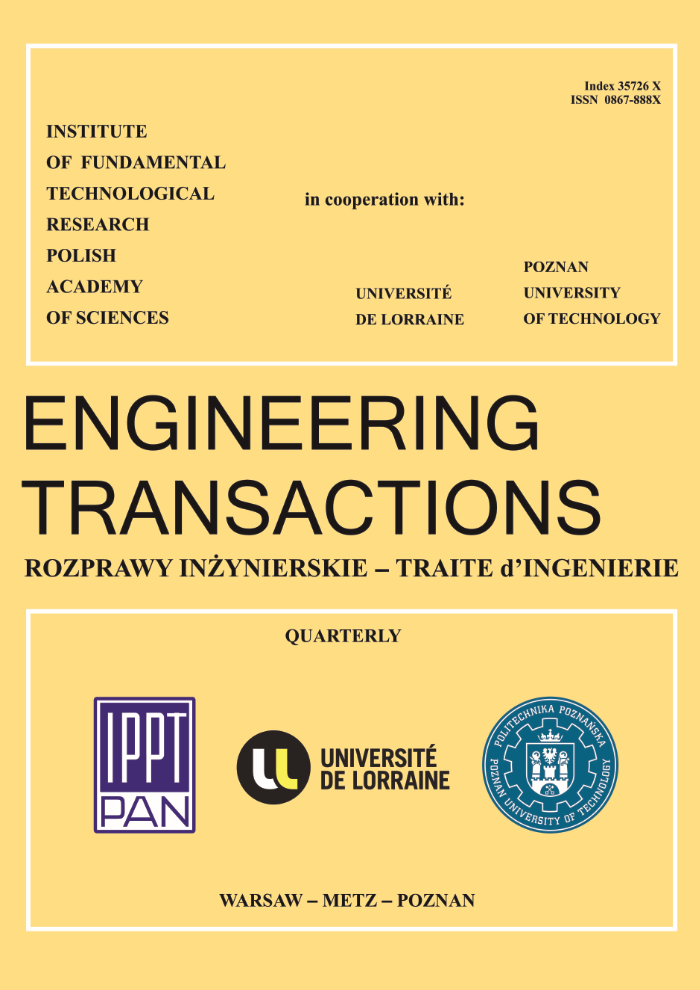An Alternative Approach for the Interpretation of Data from Three-Point Bending of Long Bones
Abstract
An alternative approach for elaborating the raw data obtained from three-point bending tests of long bones of Wistar rats is described. The aim of the study is to provide mechanical properties of the bone tissue which are independent of the bone geometric characteristics. The study is carried out experimentally ex-vivo. It is indicated that ignoring the actual shape of the bone critical cross-section (i.e., the section where a fracture occurs) and the inclination of the loading axis with respect to the principal centroidal axes of the critical section may lead to erroneous results concerning the strength of the tissue.Keywords:
three-point bending, long bones, femurs, female Wistar rats, fracture stressReferences
[1] Saffar K.P., JamilPour N., Rajaai S.M., How does the bone shaft geometry affect its bending properties?, American Journal of Applied Sciences, 6(3): 463–470, 2009.
[2] Kourkoulis S.K., Dontas I., Kouvaka A., Andriakopoulou Ch.H., Biomechanical analysis of three point bending tests of long bones, to be submitted, 2016.
[3] Kourkoulis S.K., Andriakopoulou Ch.H., Kouvaka A., Three-point bending of long bones: Accurate calculation of the fracture stress [in Greek], Proceedings of the 5th International Con¬ference of the Hellenic Society on Biomechanics, Thessaloniki, Greece, Paper Code: O-24, 2012.
[2] Kourkoulis S.K., Dontas I., Kouvaka A., Andriakopoulou Ch.H., Biomechanical analysis of three point bending tests of long bones, to be submitted, 2016.
[3] Kourkoulis S.K., Andriakopoulou Ch.H., Kouvaka A., Three-point bending of long bones: Accurate calculation of the fracture stress [in Greek], Proceedings of the 5th International Con¬ference of the Hellenic Society on Biomechanics, Thessaloniki, Greece, Paper Code: O-24, 2012.






